Europe-China Forum 2025
Next event In person & livestreamed
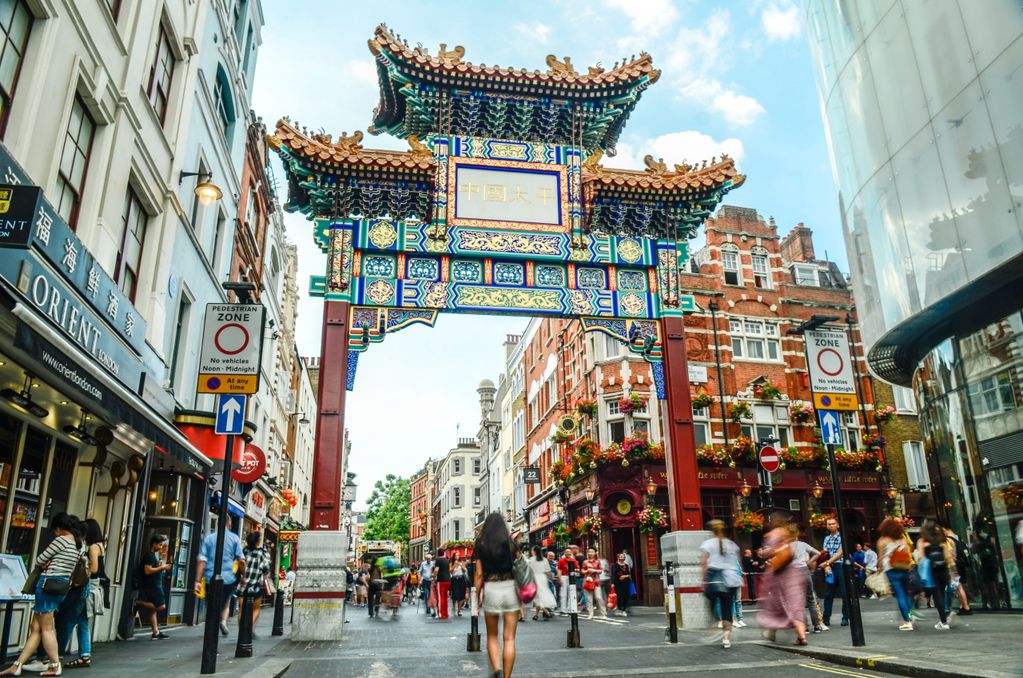
- Area of Expertise
- Global Europe
Global Europe
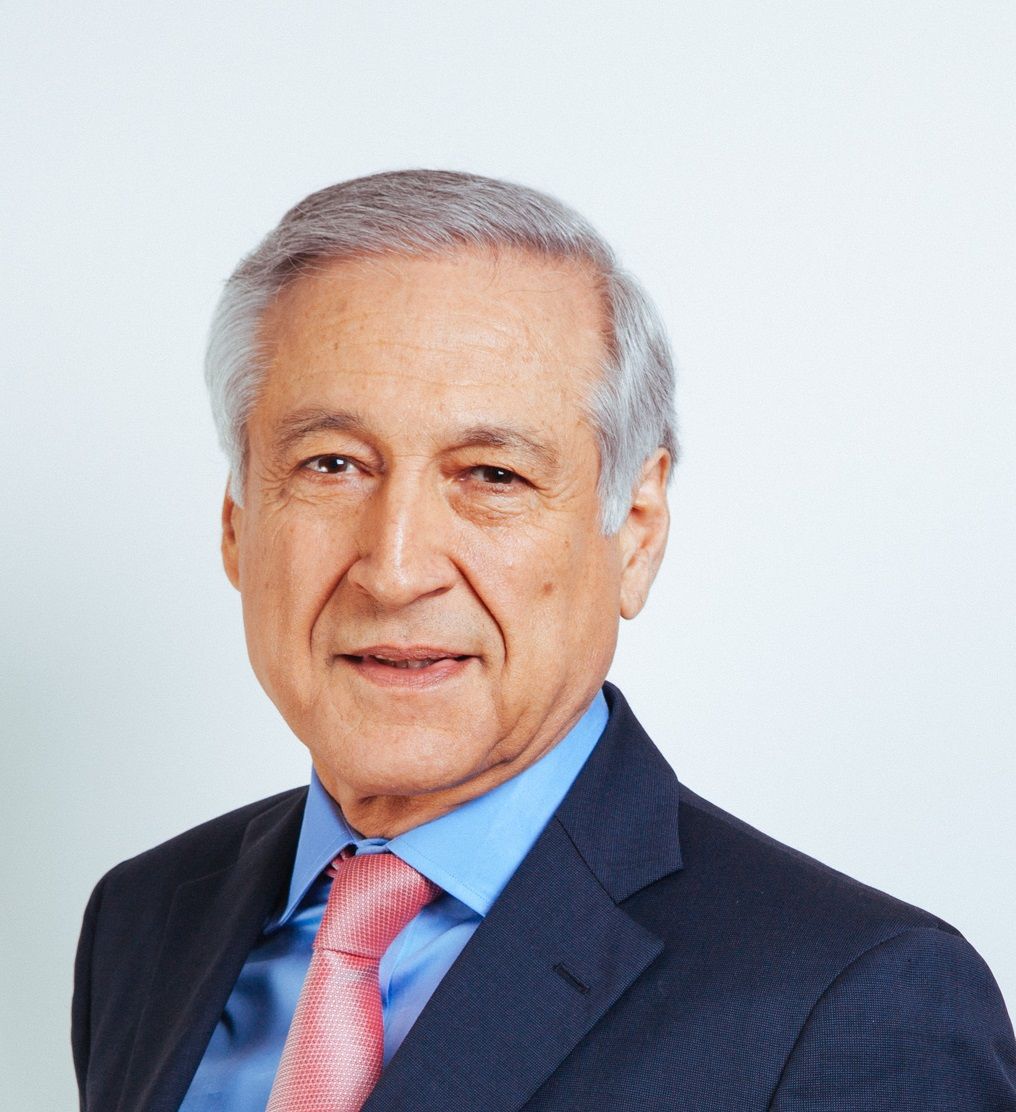
Former Chilean Ambassador to the United Nations
Brussels will welcome 61 heads of state and government this June for the second EU-CELAC summit, which will focus on strengthening ties between the people of Europe, Latin America and the Caribbean. While summits are frequent in Brussels, the sheer size and importance of this gathering will, I hope, turn heads across Europe and the regions involved with their combined population of over one billion people. This summit will be an opportunity to deepen political dialogue on innovation for sustainable growth, education, security and climate change. These are all pressing issues on which each country present can bring a unique and valuable perspective. It also shows that gathering the leaders of so many countries in one location is as important as ever in order to tackle the urgent global issues impacting us all in an increasingly inter-connected world.
We are moving to the front, and learning the importance of looking outwards by taking on a strategic world-view
For the regions of Latin America and the Caribbean, the EU-CELAC summit once again presents an opportunity to show Europe and the world that we are a group of nations with strong cultural ties, aspiring toward social and economic progress for our citizens as we work together to shoulder global responsibilities. The countries of Latin America and the Caribbean are redefining their position on the world stage. We are moving to the front, and learning the importance of looking outwards by taking on a strategic world-view. A clear example of this sense of purpose is the recent Summit of the Americas. The symbolism and importance of the meeting between U.S. President Barack Obama and Cuban President Raoul Castro was lost on no one. Dialogue, mutual respect and understanding are a slow-cook recipe for stronger relationships, greater security and better living conditions for citizens across all countries and regions.
My own country, Chile, has always been a supporter of such an outward looking vision. This was a central theme when Santiago had the privilege of hosting the first EU-CELAC summit in 2013, with a focus on trade collaboration, social and environmental investments. I strongly believe that these issues underpin our relationship with Europe, and remain key to our future partnership.
The EU is the top foreign investor in the region, accounting for one third of the overall investment in the CELAC area. The EU’s High Representative, Federica Mogherini, recently reminded us that EU investments in Latin America and the Caribbean are greater than those of the EU in Russia, India and China combined. She also welcomed the rise in recent years of investments from CELAC countries in the EU. Reciprocal trade has doubled in the last decade, and the EU is CELAC’s second trade partner. She further signalled the EU’s intent to increase trade by developing the network of trade agreements and conducting concrete actions to support business. My government is determined to work with the EU to modernise our existing trade agreement and make it easier for companies across Chile and Europe to do business together.
I hope that the EU-CELAC summit can inspire Chile, and all our Latin American partners, to do more to strengthen our own trade links and remove barriers to our regional development
This pragmatic vision is what drives Chile’s efforts at regional and global level, and as Latin America’s leaders gather in Brussels. However, if Chile and its neighbours across Latin America are to truly enjoy the benefits that the EU-CELAC relationship can offer its citizens, then there is still much more work to accomplish ‘at home’. I hope that the EU-CELAC summit can inspire Chile, and all our Latin American partners, to do more to strengthen our own trade links and remove barriers to our regional development.
Latin America needs to concretely become a more cohesive economic and trade bloc if it is to be attractive to global partners. It is clear that the rest of the world is partnering up with its neighbours, even where there is an ocean between them. The stalling of the Doha round of trade negotiations between WTO members has set off a new wave of trading bloc consolidation. But unlike their predecessors, NAFTA, ASEAN and the EU, these new agreements span separate continents and are often between blocs themselves rather than countries. Take the Transatlantic Trade and Investment Partnership (TTIP) negotiations between the United States and the European Union, the Free Trade Agreement between the European Union and Japan, the Trans-Pacific Partnership (TPP) and China’s initiative to transform APEC into the most powerful trade alliance in the Asia-Pacific region.
Latin America risks being left behind. The continent remains divided between the Pacific Alliance – Chile, Colombia, Mexico and Peru – and Mercosur, whose full members are Argentina, Brazil, Paraguay, Uruguay and Venezuela but which has ‘associate’ country members including Chile. As we try to position ourselves more effectively in a world where regional blocs are the new cornerstones of the global economy, finding ways to strengthen cooperation between the two has become a pressing priority.
The administration of President Michelle Bachelet of Chile is pushing for ways to put the Pacific Alliance and Mercosur on the path to dialogue. This doesn’t mean merging the two blocs, which is unrealistic in light of the regulatory and tariff structure differences, nor should it be read as Chile watering down its commitment to the Pacific Alliance. But it does mean asserting that differences in economic policy and outlook should not stand in the way of mutually beneficial cooperation.
The reasons for pragmatically aligning the two blocs are patently clear.
Chile’s efforts to enrich regional cooperation are based not just on the founding ideals of our republics, they also stem from the stark reality of today’s international trading bloc jigsaw, which motivates a pragmatic approach aimed at enhancing our position on the worldwide stage.
Latin America needs to concretely become a more cohesive economic and trade bloc if it is to be attractive to global partners
There has been progress which shows that harmonisation between the two blocs is not so farfetched. Following substantive meetings in Colombia and Chile between the Pacific Alliance and Mercosur, a targeted agenda of concrete objectives was discussed including trade facilitation, a one-stop-shop system for exports including the simplification of origin certification as well as freer movement of people.
In spite of the differences in our approach to trade, our countries unanimously seek to improve our economic productivity. To do this, we need cheaper energy, better infrastructure, more fluid communications networks, modern ports and, indisputably, to move beyond our position as net exports of natural resources. Collaboration in these areas will undoubtedly benefit each of our countries, even where affinity between economic policies is lacking.
The EU-CELAC summit is an important opportunity for Latin American countries to showcase a modern, engaging and business-friendly region to Europe. But if we are to truly benefit from strengthening our partnership with such important global players as the European Union, we first have a responsibility to make our region the most attractive business partner possible. Achieving an intelligent alignment between the countries of Mercosur and the Pacific Alliance would break down the invisible wall separating Latin America’s Atlantic and Pacific nations. This would be a big step towards a Latin America that both traded more with itself, the EU and the rest of the world.
Next event In person & livestreamed

Past event
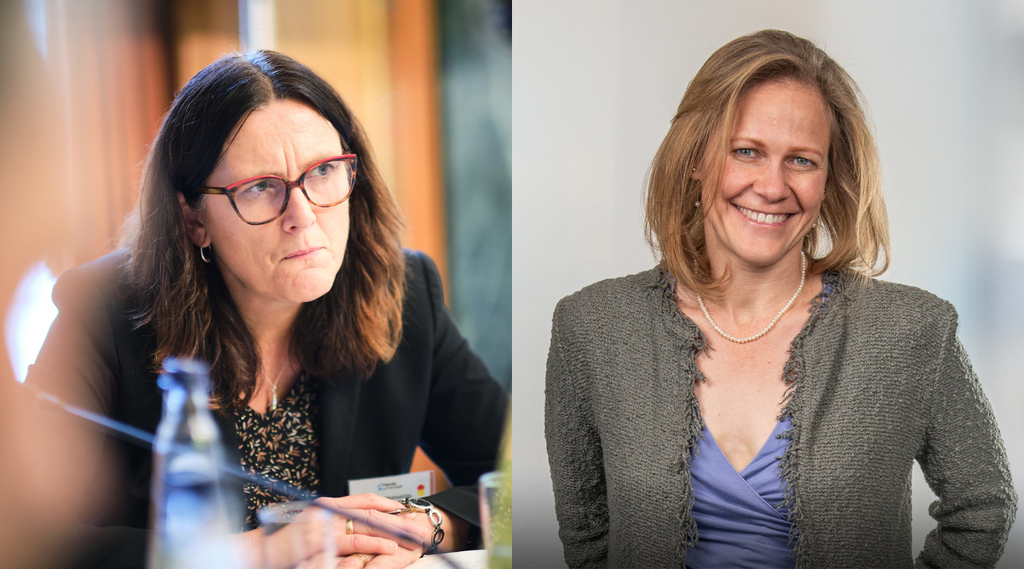
Past event Online
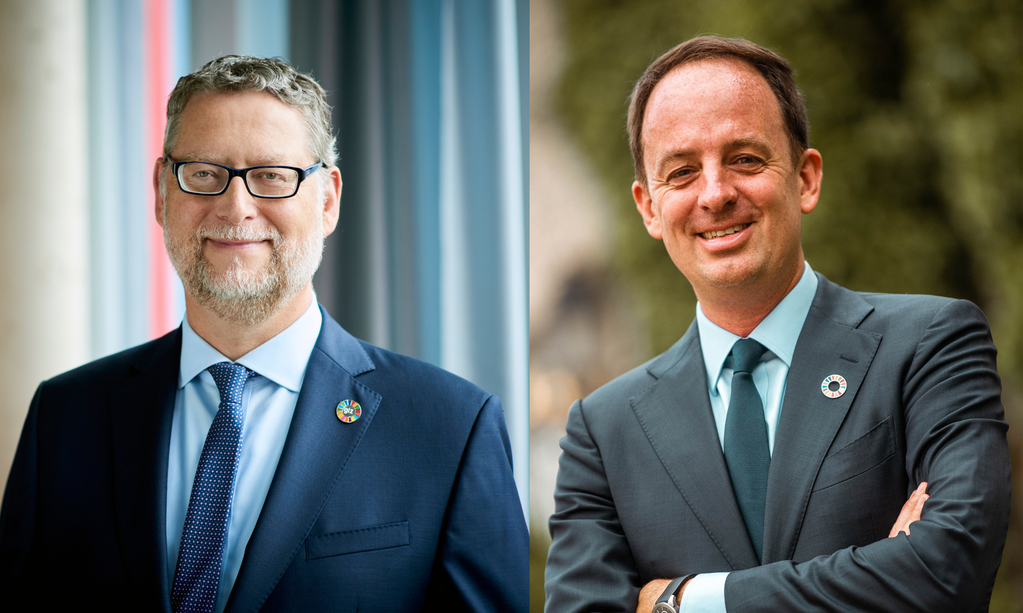
Past event IN PERSON & ONLINE

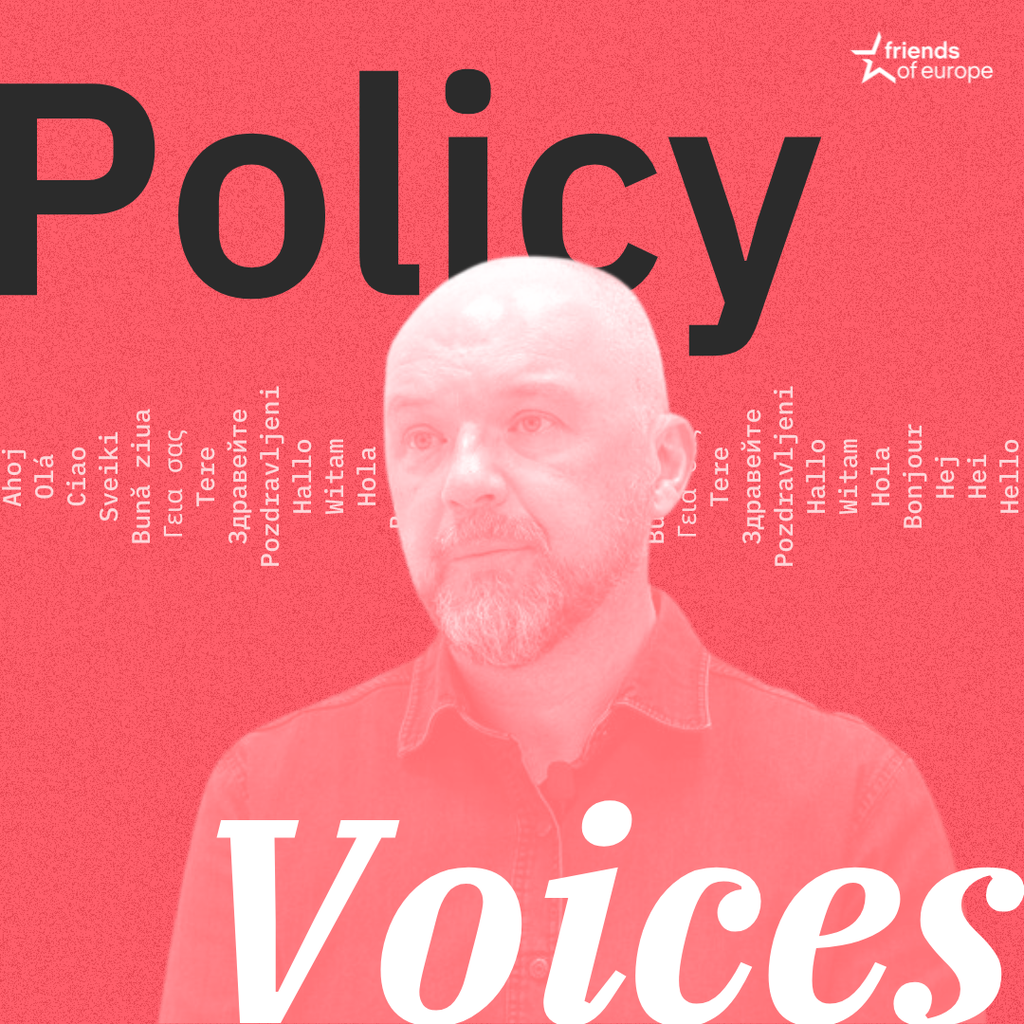
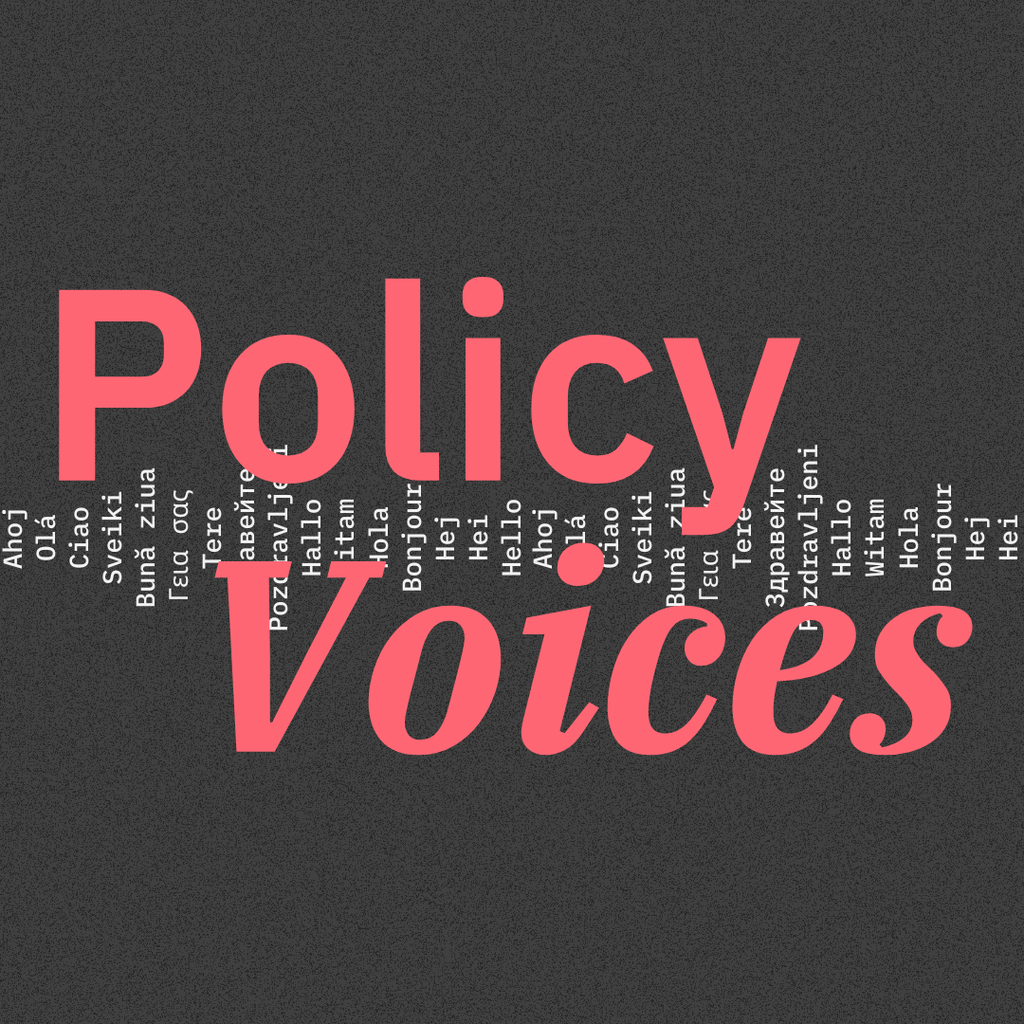
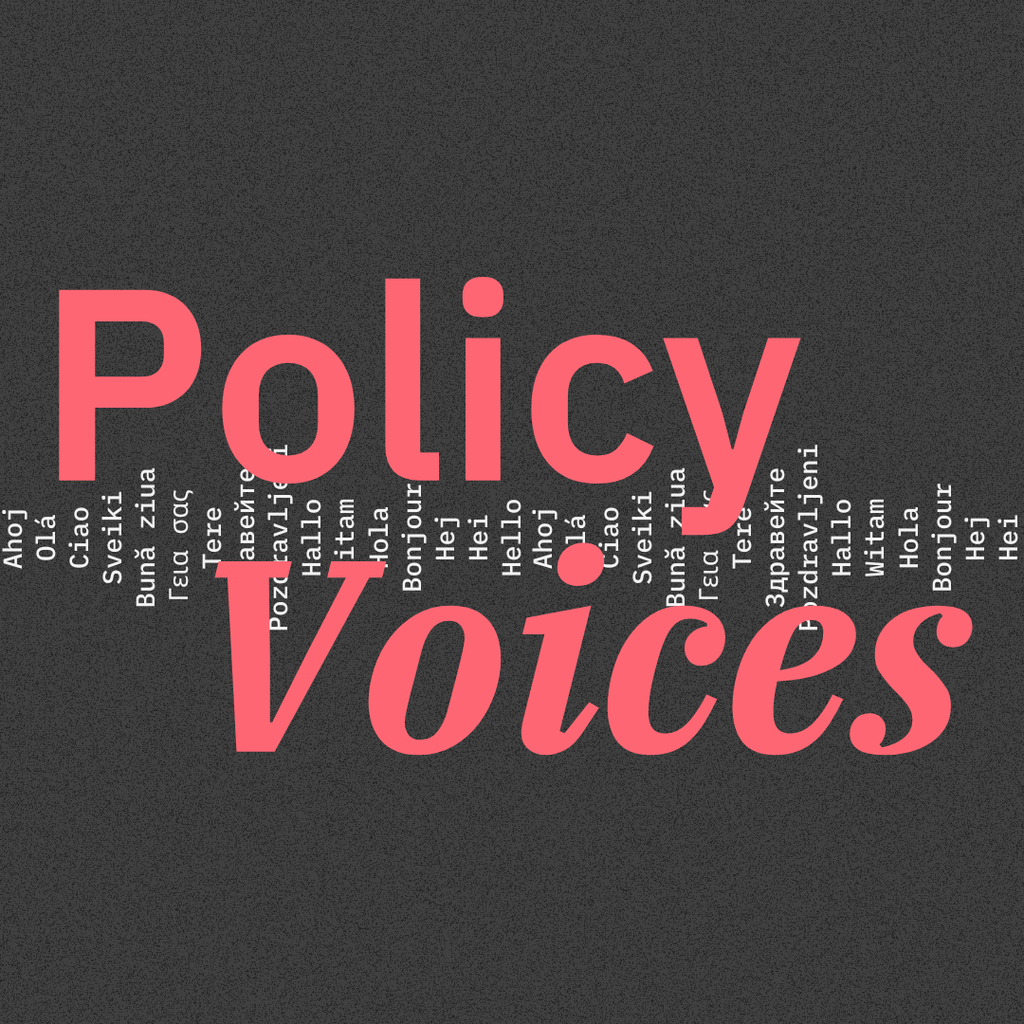

Stay informed
We use cookies and similar technologies to adjust your preferences, analyze traffic and measure the effectiveness of our campaigns. Learn more about our privacy policy.